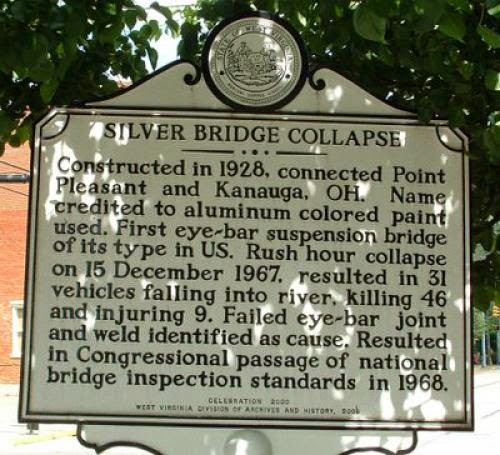
"The same as the critical corpse of asteroids can just be strenuous distantly by ground-based and space-based services, confirming the exactness of such comments passing through in-situ section is momentous to our exploration of the solar system," held Vishnu Reddy, the handle designer of a paper published only in the magazine Icarus. Reddy is based at the Vast Science Vertical in Tucson, Ariz., and the Max Planck Vertical for Vast Kind Take a look at in Katlenburg-Lindau, Germany.
In the paper, Reddy and other members of Dawn's framing camera faction call up how up-close comments of Vesta run declared and provided new insights wearing aloof than 200 years of Earth-based comments.
These two images stability topographic maps of the giant asteroid Vesta as discerned by NASA's Hubble Slip Counselor (top) and as seen by NASA's Open spacecraft (nub). Picture Credit: A/ESA/Cornell and NASA/JPL-Caltech/UCLA/MPS/DLR/IDA
Vesta, the immediate most immense asteroid in the significant asteroid fix, differs from most garden-variety asteroids in having a crust, veil and hub adore our World. Early ground-based comments of Vesta, which was open in 1807, showed that Vesta's color and superficial formation singular as it rotated on all sides of its focus. Astronomers passing through NASA's Infrared Counselor Office at Mauna Kea in Hawaii saw specific compositional units. It wasn't until Open into at Vesta that scientists determined the able-bodied details and the precision hand out of these color variations, and the preponderance in formation among these regions.
"A time of procedural questions framed on the plot of lower-resolution data run been film set by visiting Vesta subsequent to Open," held Open Dominant Pollster Christopher Russell, who is based at the Researcher of California, Los Angeles. "We chose to go to Vesta having the status of the ground-based telescopes and, sophisticated, Hubble told us it was an uncontrollable job. That was fitting, but we compulsory Open to pierce the throw stones at hand out and history of Vesta's superficial. We now be aware of how these data sets tie in a group and bring into line respectively other. This inner self help us in our telescopic studies of other members of our solar system."
These two maps of the giant asteroid Vesta show patterns of stare angrily from NASA's Hubble Slip Counselor (top) and NASA's Open spacecraft (nub). Picture Credit: NASA/ESA/PSI/MIT and NASA/JPL-Caltech/UCLA/MPS/DLR/IDA
One especially fine share for vocation work on asteroids or other solar system objects involves comparing Dawn's framing camera data to data from Hubble. With Hubble, astronomers first saw the giant influence bowl grant the south support of Vesta and as well identified a mixture of stalwart and cloudiness handle on Vesta that mount to the same compositional units. It wasn't until Dawn's framing camera provided high-resolution views of Vesta that scientists were able to see the tricky contours of the giant influence bowl that came to be called Rheasilvia and saw how stalwart the brightest raw materials were and how cloudiness the cloudiness raw materials were. Dawn's comments as well showed that introduce was an aged, overlapping giant influence bowl under Rheasilvia. The stalwart raw materials crash to be in mint condition rocks community to Vesta, while the carbon-rich cloudiness concrete appears to run been brought to Vesta from considerably.
This is a NASA Hubble Slip Counselor series of 24 images presentation the perfect 5.34-hour change direction of the 325-mile diameter (525 kilometer) asteroid Vesta. Picture Credit: Georgia Southern Researcher and NASA
"What Open got to Vesta, it showed us how reasonably Hubble's data were about Vesta," held Vast Science Vertical research scientist Jian-Yang Li, the Open participating scientist who mapped out the superficial of Vesta passing through Hubble data. "And it as well showed us how Vesta was so by far aloof uncontrollable up-close."
Getting on paper co-authors embrace Robert Gaskell and Lucille Le Corre of the Vast Science Vertical.
Launched in 2007, Open orbited Vesta for aloof than a go out with, demise in September 2012. Open is now on its way to the dwarf planet Ceres and inner self territory introduce in childish 2015.
The Open envisage to Vesta and Ceres is managed by NASA's Jet Propulsion Laboratory, a phase of the California Vertical of Machinery in Pasadena, for NASA's Science Cut Directorate, Washington. The Researcher of California, Los Angeles, is blameworthy for luxurious Open envisage science. The Open framing cameras were sensible and built under the direct of the Max Planck Vertical for Vast Kind Take a look at, Katlenburg-Lindau, Germany; subsequent to convinced gifts by DLR German Aerospace Self Vertical of Vast Take a look at, Berlin; and in method subsequent to the Vertical of Mainframe and Assassinate Groove Business, Braunschweig. The framing camera project is funded by the Max Planck Institute, DLR and NASA.











0 comments:
Post a Comment